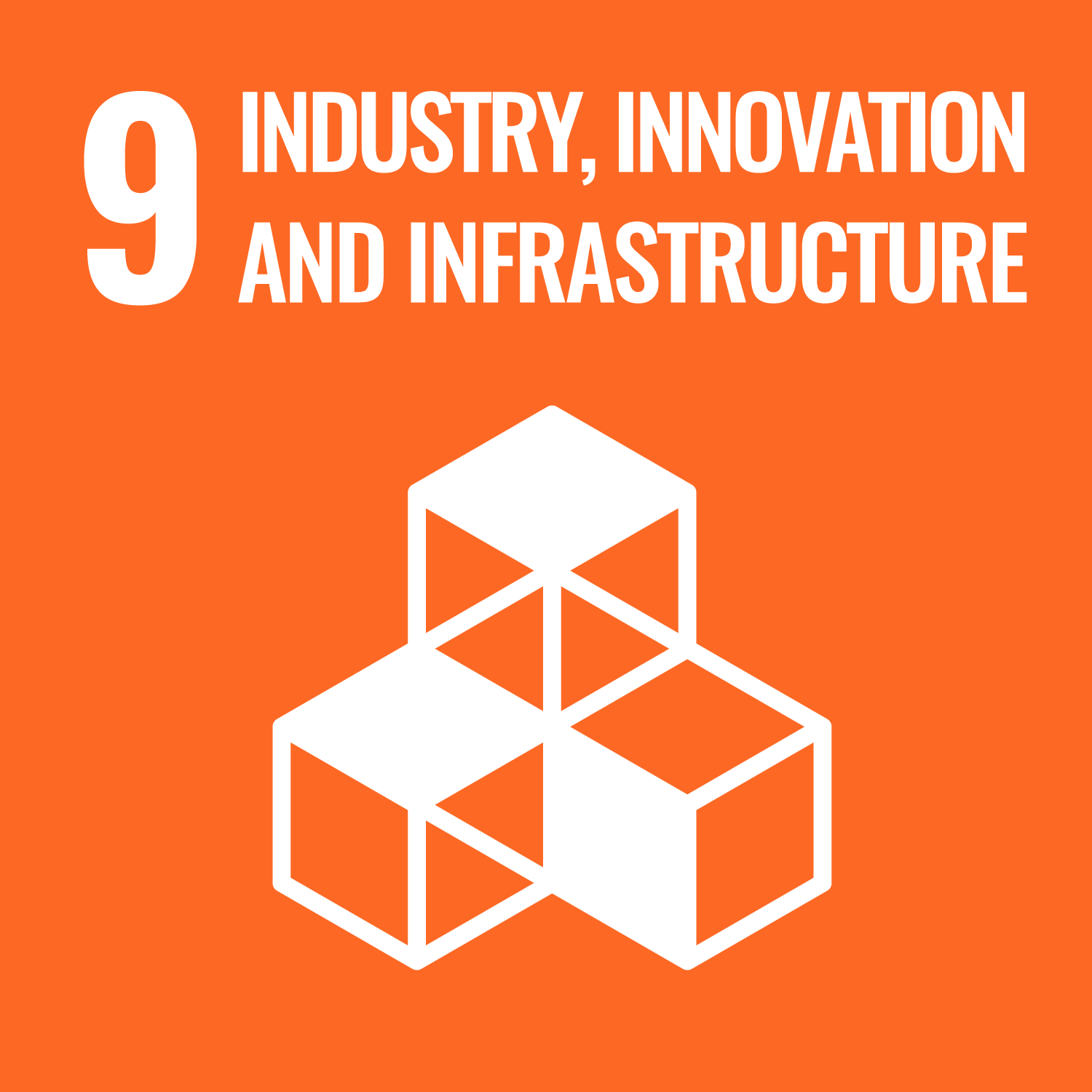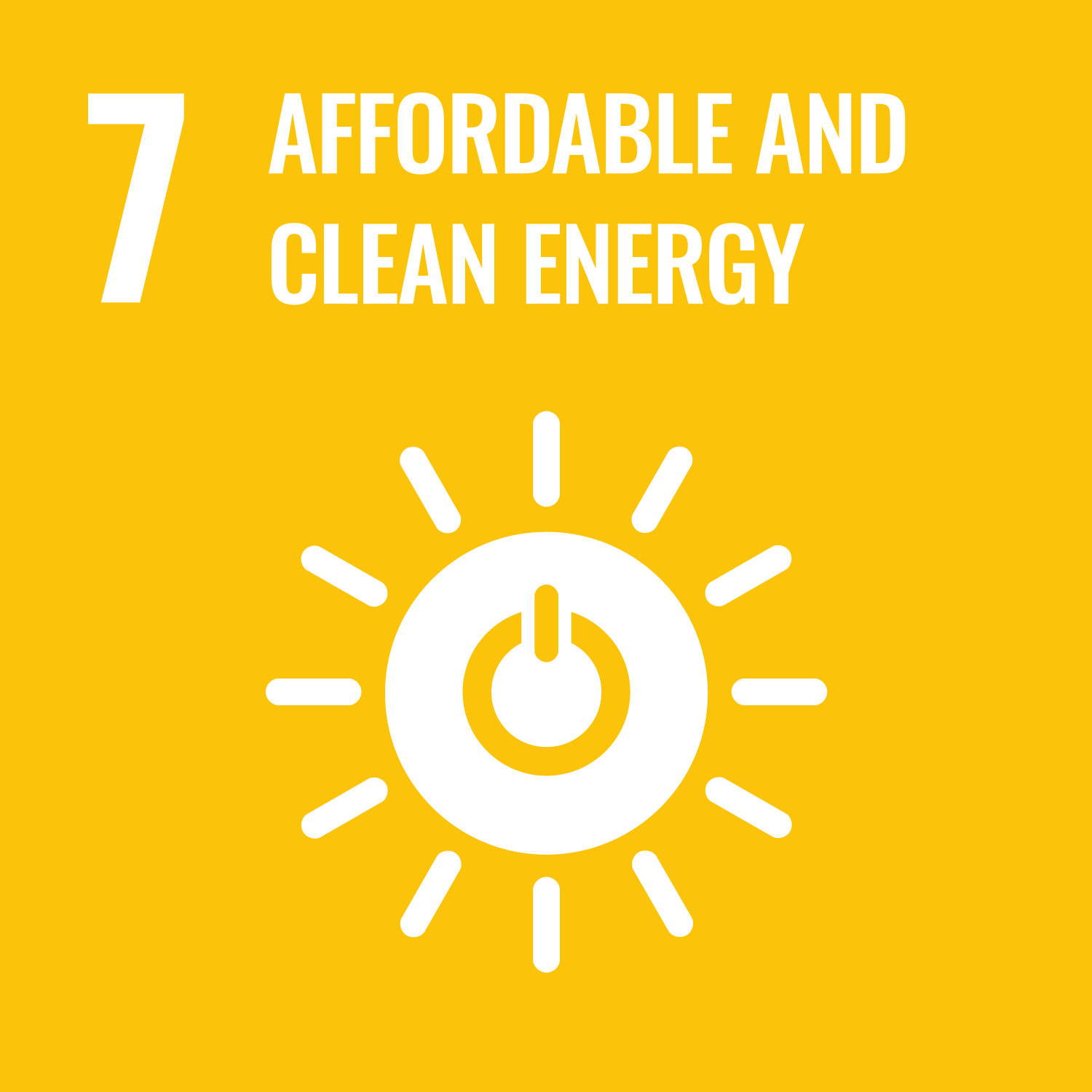ORCID
- Indraneel R. Chowdhury: 0000-0001-5895-3611
- John Summerscales: 0000-0002-3557-0404
Abstract
Out-of-autoclave (OOA) manufacturing techniques for composites result in 7 lower fibre volume fractions than for fully compressed laminates. The lower fibre volume 8 fraction produces a higher resin volume fraction which becomes resin-rich volumes (RRV) 9 [1]. Textile reinforcements with clustered fibres and consequent RRV generally have low 10 strength but high in-plane process permeability, whereas the opposite is true for uni-11 formly distributed fibres [1, 2]. The inevitable increase in resin volume fraction of OOA 12 composites often compromises composite performance and leads to relatively higher 13 weight and fuel consumption in transport applications. Retention of autoclave processing 14 is recommended for highest performance when compression press moulding in not ap-15 propriate (for example, for complex 3D components). The traditional autoclave processing 16 of composites heats not only the component to be cured but also parasitic air and the ves-17 sel insulation. Subject to minor modifications of the pressure vessel, electrically heated 18 tooling could be implemented [3]. This approach would need to balance insulation of the 19 heated tool surface (and any heater blanket on the counter-face) against the quenching 20 effect during introduction of the pressurised cool air. This process optimisation would 21 significantly reduce energy consumption. Additionally, the laminate on the heated tool 22 could be taken to the end of the dwell period before loading the autoclave leading to sig-23 nificant reductions in cure cycle times. Components could be cured simultaneously at dif-24 ferent temperatures provided there are sufficient power and control circuits in the auto-25 clave. While autoclave processing has usually involved vacuum-bagged pre-impregnated 26 reinforcements, implementation of the cool-clave technique could also provide scope for 27 using the pressure vessel to cure vacuum-infused composites.
DOI Link
Publication Date
2023-02-16
Publication Title
Journal of Composites Science
Volume
7
Issue
2
Acceptance Date
2023-02-14
Deposit Date
2023-02-16
Embargo Period
2023-02-21
Keywords
autoclave, cool-clave, fibre reinforced composites, heated tooling, vacuum
Creative Commons License

This work is licensed under a Creative Commons Attribution-NonCommercial-Share Alike 4.0 International License.
Recommended Citation
Chowdhury, I., & Summerscales, J. (2023) 'Cool-clave – an energy efficient autoclave', Journal of Composites Science, 7(2). Available at: 10.3390/jcs7020082



